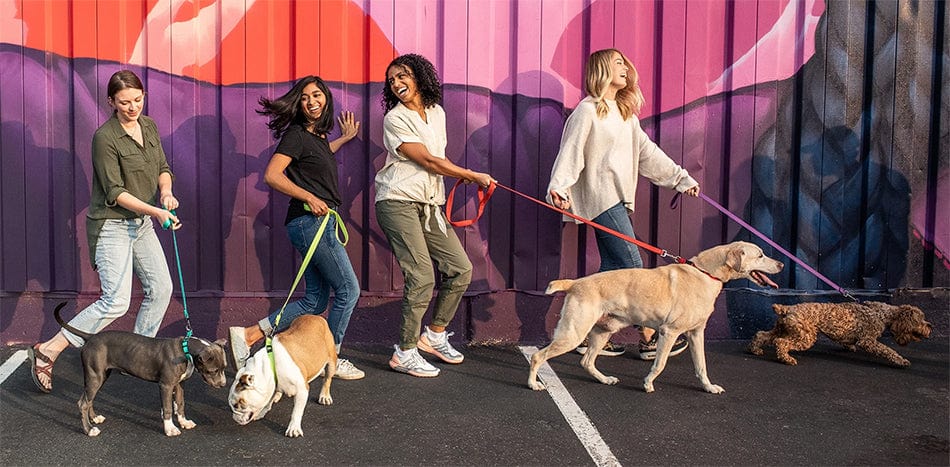This post is written by holistic veterinarian at "I and love and you", Dr. Angie Krause, DVM, CVA, CCRT
Would you know what to do if your dog was choking on a toy and could not breathe? In this article, I am going to walk you through the steps to take to stay calm and save your pup’s life.
Let’s start with the signs your dog may be choking:
- Gasping for air
- Bulging eyes
- Gagging
- Blue or pale gums and tongue color
- Unconscious
Here are the steps to follow if you think your dog may be choking:
-
Finger sweep. If you notice that your dog is gagging or in distress, you can first perform a finger sweep in the back of their throat to dislodge the object. If your dog is conscious, be cautious of your fingers! Use your thumb and pointer finger in your non-dominant hand and place them behind your dog’s upper canines (these are their fang-like teeth). Tilt their head back, causing their mouth to open. Use your other pointer finger to sweep the back of the throat to clear the airway. You may have to grab the object if it is round like a ball. Again, use caution as your dog might accidentally bite you.
-
Heimlich Maneuver. This technique is the same as used on humans. Stand behind your dog while they are standing. Place your hand in a fist position, under your dog’s stomach. This is the area right behind their ribs. If your dog is large, use both hands. Thrust up towards your dog’s back, and forward towards your dog’s head. Repeat this move 4-5 times. If possible, elevate your dog’s back end by bringing their back legs off the ground. If they are unconscious or laying on their side, use a rolled-up towel or pillow to elevate their back end off of the ground.
-
Emergency Veterinary Visit. If neither of these techniques have cleared your dog’s airways, head to the nearest veterinary hospital. If possible, continue trying the above techniques while someone else drives you and your pup. Calling the veterinary clinic while en route may also reduce the time it takes for your dog to receive care.
Prevention
While choking in dogs is relatively uncommon, removing small round objects can be helpful. Depending on your dog’s size, marbles, rocks, bones, and ping pong balls are frequently choking hazards. If your dog eats quickly, there are bowls designed to slow down their pace. It may be helpful to ensure the ball your dog uses to play with is too large to be swallowed.
I hope you never find yourself in a position to use these techniques, but if you do, I hope you will feel more prepared to face the situation. Has your pup ever choked on something? How did you respond? I’d love to hear in a comment below!
With love,
Dr. Angie

